
The number of traffic accidents in Guanacaste increases every year, and it is costly. The Costa Rica Social Security System (in Spanish La Caja, or CCSS) spent more than ₡1.4 billion dealing with traffic accidents in Guanacaste during 2016. This number is nearly double what it was in 2013, when the Caja spent ₡788 million (in present-day values).
What happened? In the last three years, the number of traffic accident victims in the province rose from 1,280 to 1,783 – a 40% increase that was felt in local hospitals.
The La Anexión hospital today treats three people for each traffic accident victim that they treated in 2013. In Liberia, there was a 49% increase as cases increased from 158 to 236.
If one looks at the data from the last ten years, the situation looks even grimmer. From 2005 to 2015, the number of people the Caja treated for traffic accidents in Guanacaste increased 122%.
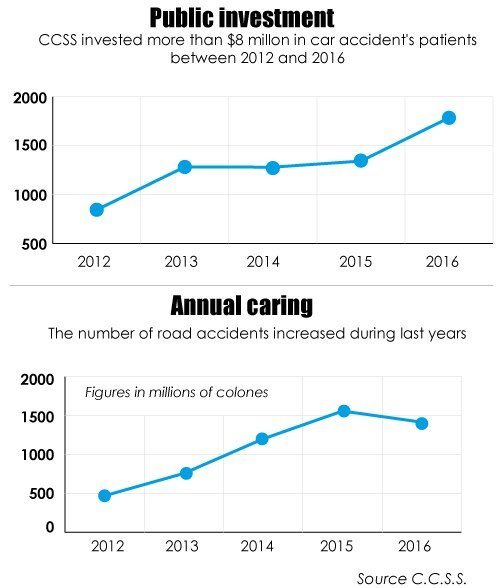
A matter of resources
These numbers are worrisome not only because of how much money the Caja is spending, but also because these emergencies siphon off resources from other services, according to Wven Porras, the head of the Caja’s Risk Management department.
“Mainly we lose the chance to attend to patients that are displaced by car-accident patients who are, from a medical point of view, the priority.”
Although traffic accidents are the responsibility of the National Insurance Institute (INS), patients are seen in Caja hospitals because the insurance institute does not have any hospitals of its own, said Porras.
Who causes more accidents?
According to statistics from the CCSS’s 2015 Epidemiological Newsletter, three of the province’s eleven cantons (Nandayure, Abangares, and Hojancha) were among the ten worst cantons for traffic accidents per 10,000 inhabitants.
Young men who speed, drink alcohol, or pass on Guanacaste’s roads are the most likely to cause accidents, according to statistics.
“People between 21 and 39 are the most reckless,” said Jeonnathan Cáseres, head of the Chorotega Region Traffic Police. These ages are reflected in the hospital patients. In 2016, this age range comprised 62% of released accident victims.
Improvements in the road network are also at fault, paradoxically, according to Cindy Coto, the executive director of the Roadway Safety Council (in Spanish, COSEVI).
“There have been improvements in the infrastructure. As a consequence, speeds increase. Additionally, there are different travel patterns. People travel more often from one canton to another to work,” said Coto.
To offset this situation, COSEVI created the Project of Speed Management, which includes educational campaigns, speed cameras, and police checkpoints. COSEVI proposes using 50 kilometers between Cañas and Liberia, as well as 7 kilometers in Perez Zeledón, as test sites for this project. This project is expected to begin in 2018.


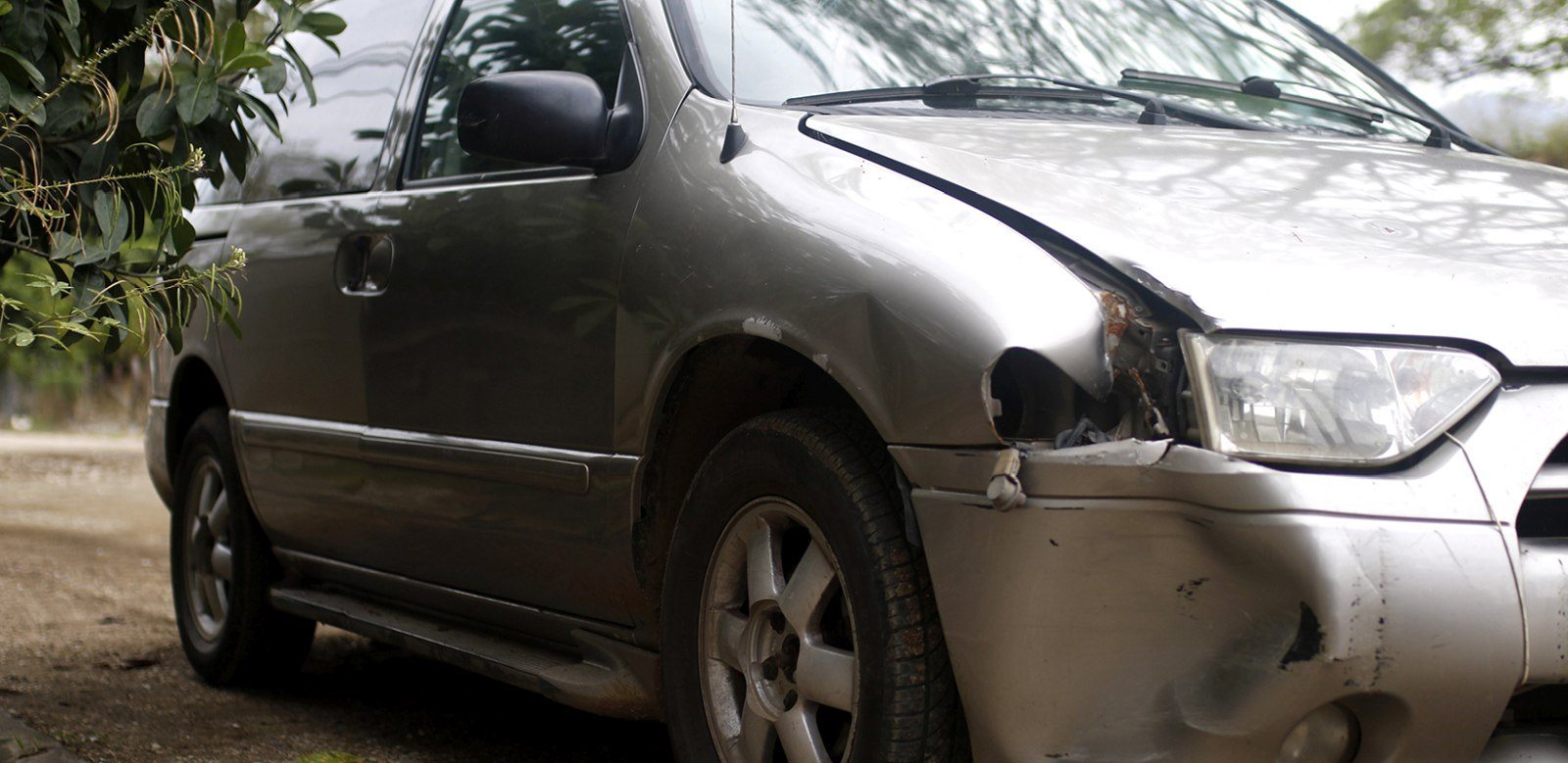
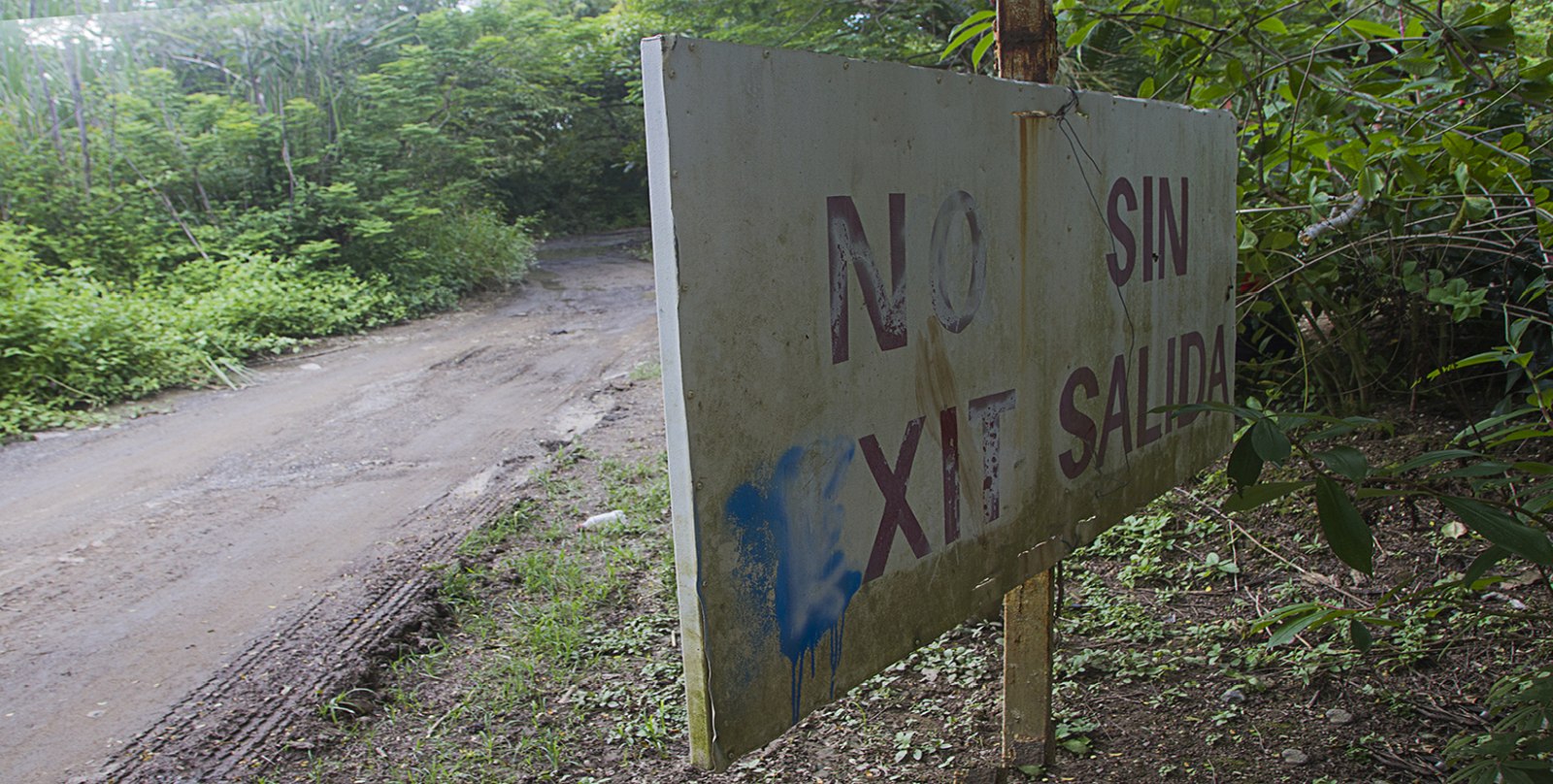
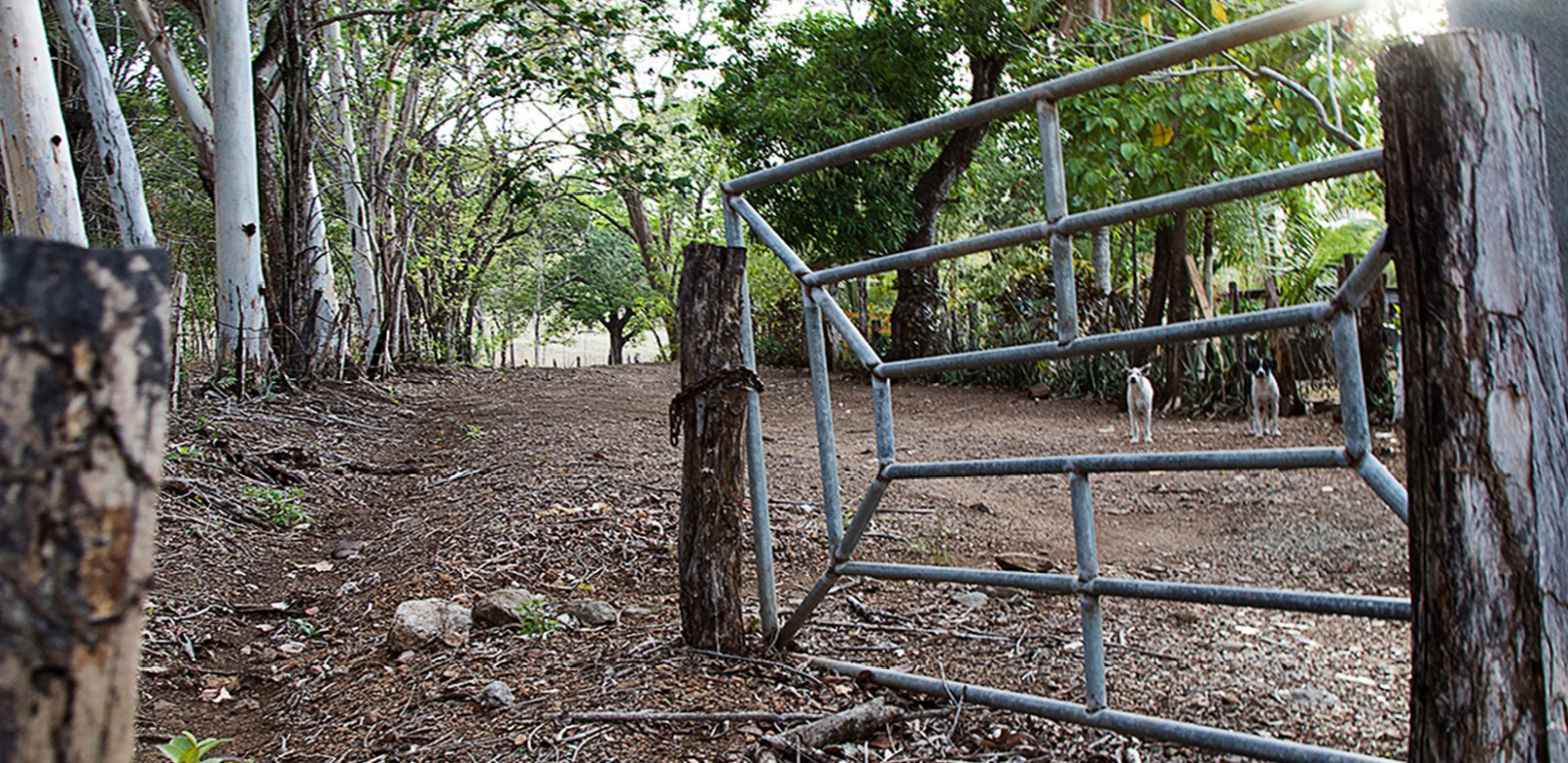
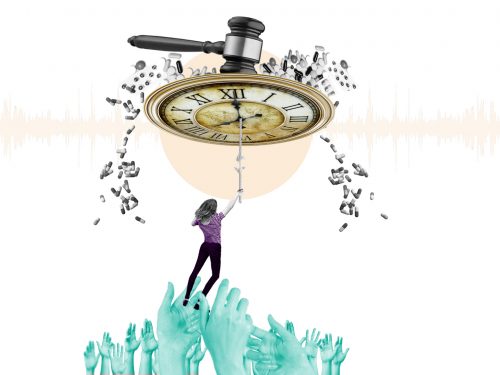

Comments